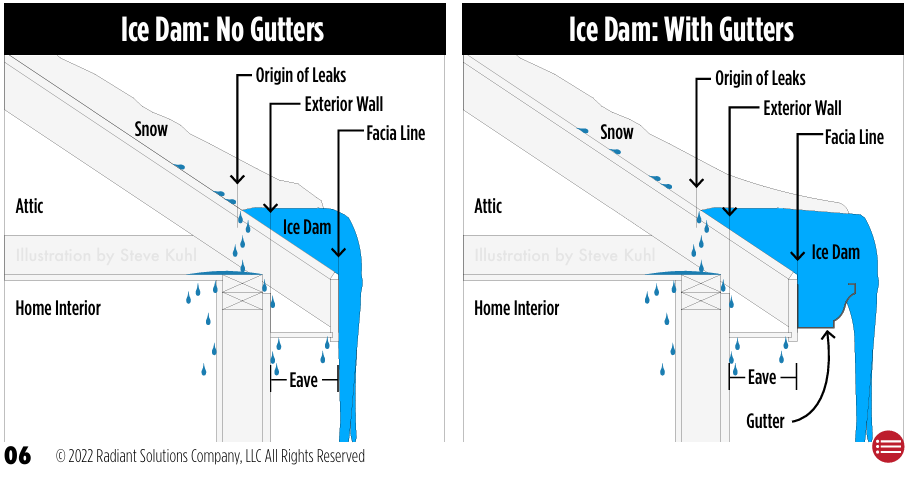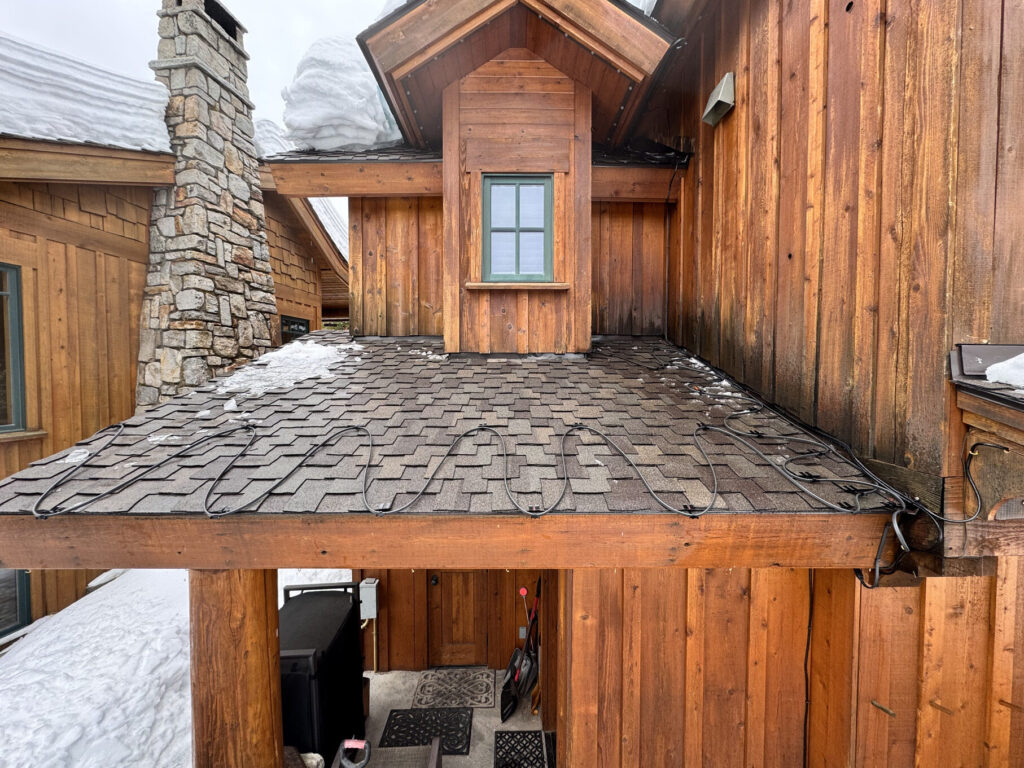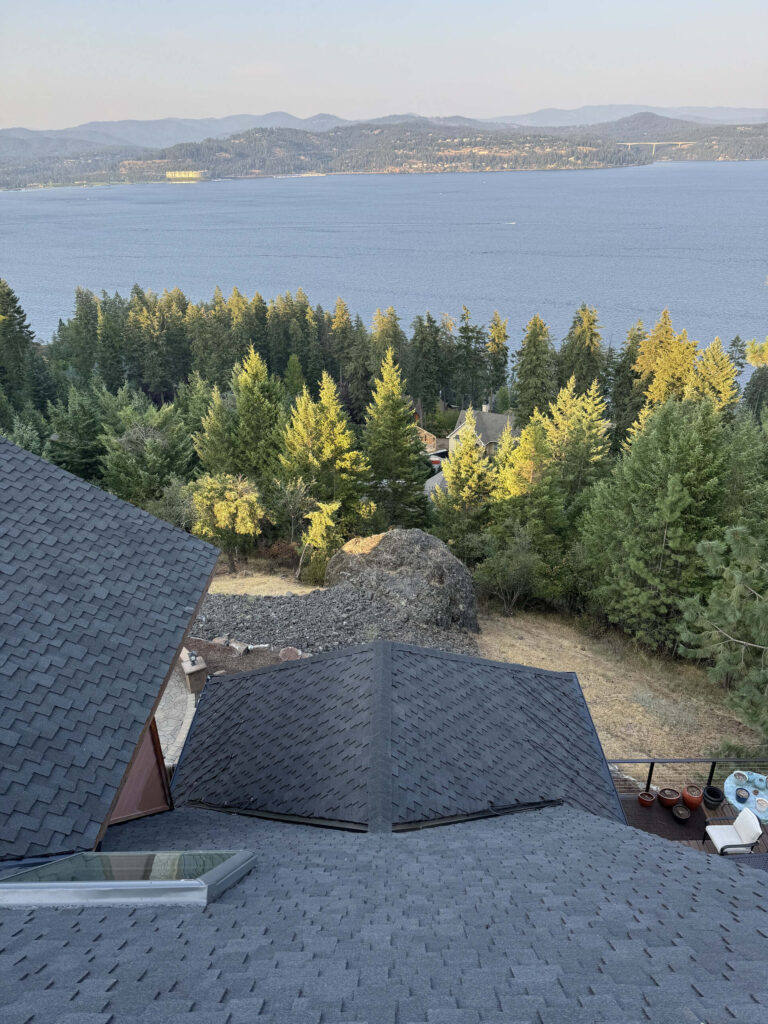The Inland Northwest's Heat Cable Experts
Protect Your Roof.
All Winter Long.
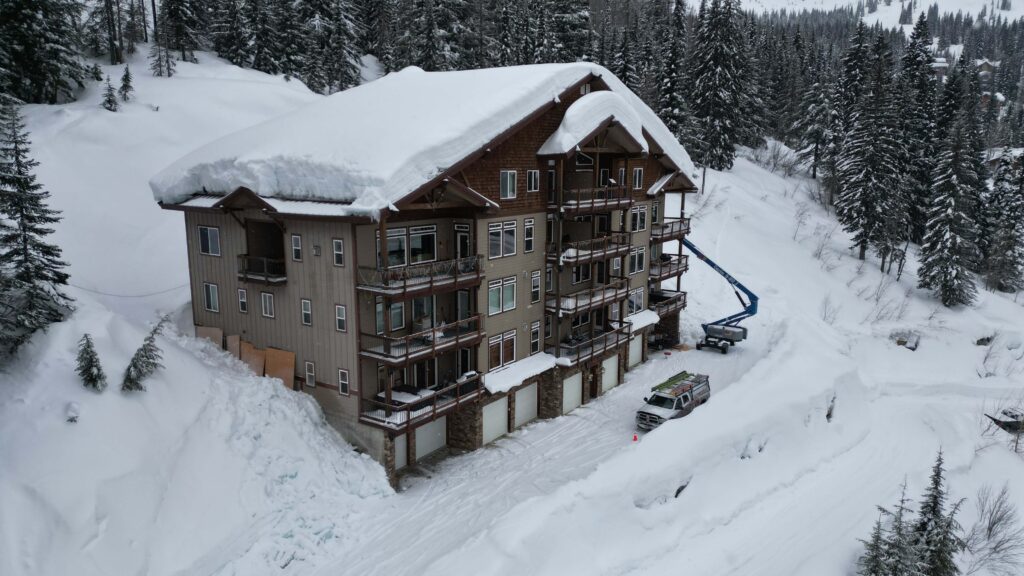
Winter Shield solves the problem of ice dams. No roof is too large or small.
Very Responsive
★★★★★
“Daniel was great to work with! Very responsive and professional doing everything he promised very well, while offering great suggestions along the way.“
Highly Recommend
★★★★★
“Very professional. Work was well done and timely. Highly recommend.”
A Pro Who Knows
★★★★★
“Extreme weather can result in big damage to homes. If you have problems with ice dams and you want a permanent solution, talk to Daniel Ford at Winter Shield. He’s a pro who knows what products to use and how to correctly install them. And he’s also good at brainstorming solutions, recommending competent subcontractors to help you with gutters, electrical, plumbing, etc.”
Utmost Competence
★★★★★
“I am very pleased with the job that Winter Shield performed on my roof. The work was pristine. Daniel did everything he said he would do with utmost competence. I get compliments from other contractors about the quality of his work.”

Reliable Ice Dam Prevention, Done Right
Learn More About Ice Dam Mitigation
We believe in educating our customers in this very misunderstood and highly specific industry – Ice Dam Mitigation. Click the button below to learn about the 5 of the most relevant questions when it comes to ice dams, along with our best answers and explanations.
Winter Shield
Impeccable Work
★★★★★
“Daniel with Winter Shield did a remarkable job installing heat tape on our roof and gutters. I can’t think of a better company in Sandpoint for the job as he was very professional, communicative and his work was impeccable.“
A Great Install
★★★★★
“Daniel did a great install on my new roof. So glad I went with Winter Shield!”
Pleasure to Deal With
★★★★★
“Winter Shield did a fantastic job for the Library and was a pleasure too deal with. We will definitely be using them again!”
Knowledgeable & Experienced
★★★★★
“Daniel is knowledgeable and experienced. He is professional, on time and arrived prepared for the evaluation and quote. He is polite and has a good business manner.”
Education to Help You Make the Best Decision for Your Roof
Frequently Asked Questions
When snow accumulates on a roof and the heat from the structure melts that snow, the resulting water runs downhill towards the eave of the roof. The area of the roof outside of the outer walls of the structure is not heated so its much colder (frozen) that the upper roof, so when the water reaches that section of the roof, it freezes. This cycle repeats and eventually builds a wall or dam of ice. Now you have a problem because the water on your roof can’t get off, so it goes into your structure.
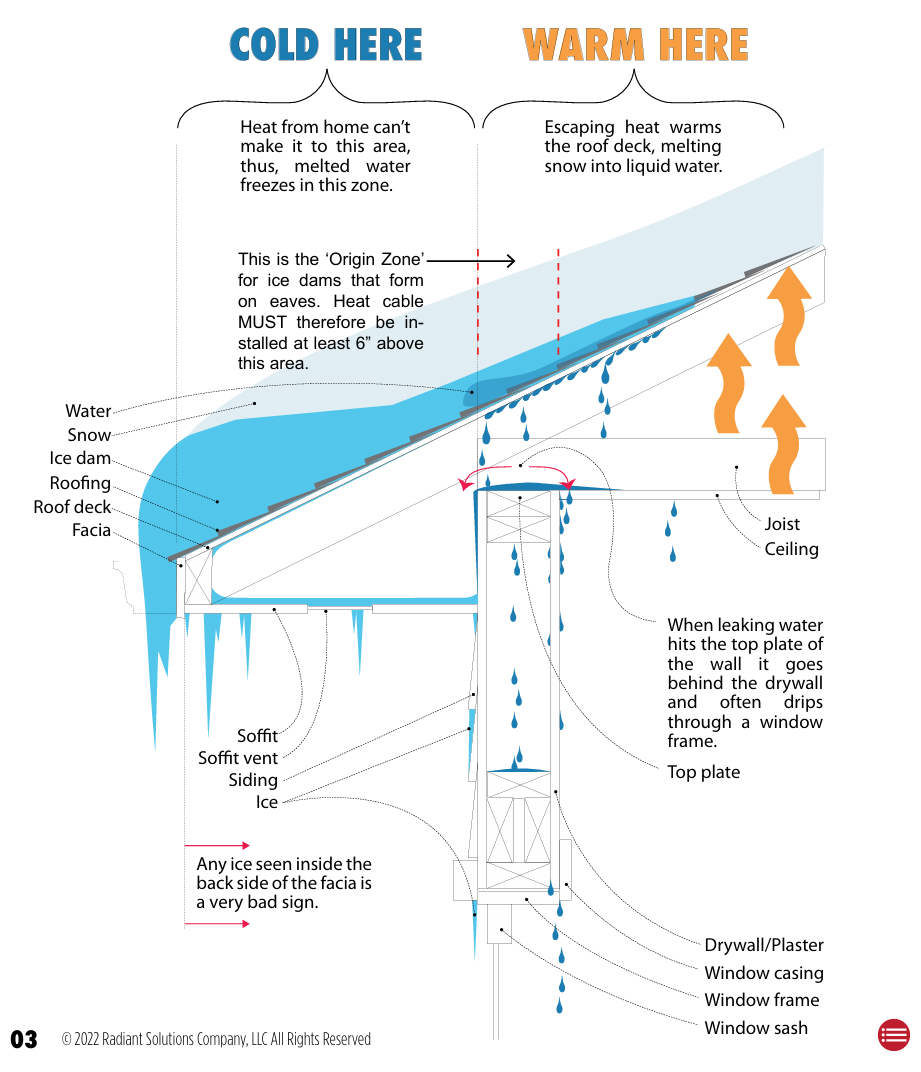
The destruction resulting from an ice dam is caused by the water finding its way down, but since it can’t go down your roof like it’s designed, it actually goes uphill into cracks, tiny holes, and seams in your roof, then into your structure. This water intrusion causes flooding, mold, interior damage, and general chaos.

- There are 3 effective ways to deal with ice dams.
- Architectural Enhancements – This focusses on stopping the heat transfer from the interior of the structure to the underside of the roof. Insulation, ventilation, and sealing of all air leaks into the attic space is the best way to prevent and stop ice dams from forming. Unfortunately, it is also the most expensive and often is cost prohibitive to most property owners.
- Roof Shoveling – Effective, yet usually impractical, shoveling off the snow from the entire roof after an accumulation of snow of 2 inches can be an effective method of preventing ice dams. Contrary to popular belief, the entire roof must be shoveled, because if only the lower few feet of snow are removed, the structure can form what’s called Secondary Ice Dams or Double Dams. These are even more damaging because the resulting water intrusion will be concentrated in the interior of the structure instead of towards the outer wall.
- Heat Cables – The best option available today is heat cable that can be applied to specific problem areas of a structure. Correctly designed and installed, commercial self-regulating heat cable is the most efficient method of dealing with ice dams. An important note is that heat cable does not melt the entire ice dam, but rather prevents destruction by cutting channels through the ice for the water to drain off the roof. Equally important is that not all heat cable is made equal. Most residential customers are familiar with the inexpensive cable found at home improvement stores known as constant wattage cable. This cable is a FIRE HAZARD and should not be used by anyone. See official US Consumer Product Safety Commission report here. Winter Shield exclusively uses the industry leading self-regulated cable from Radiant Solutions here in the United States.
In short, NO : ) As this illustration shows, if your structure has ice dams without gutters, it will have them with gutters and vice versa. The gutters just extend the buildup of ice, they done cause the dam to form. When installing heat cable on a structure with gutters, we install cable inside the gutters and in the downspouts so the liquid water stays liquid all the way down and away from the building. Sometimes cabling subterranean drain pipes is necessary if they are not run below the frost line. Skipping gutters, downspouts, or subterranean drain pipes is a surefire way to cause a frozen nightmare for yourself in the future. Trust us, don’t do it.
